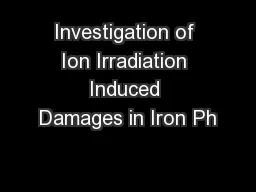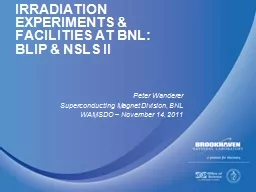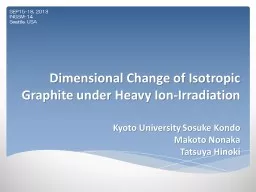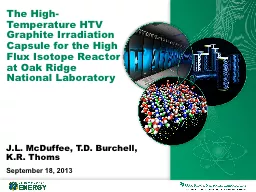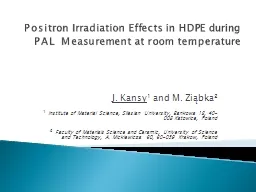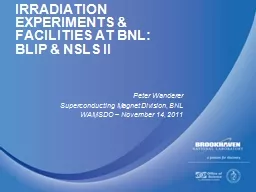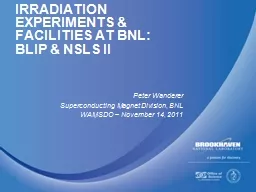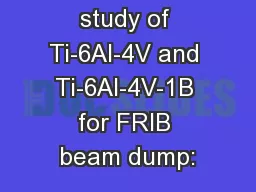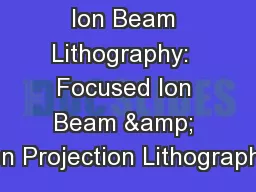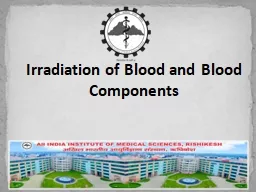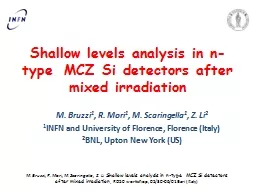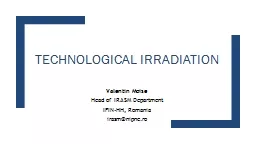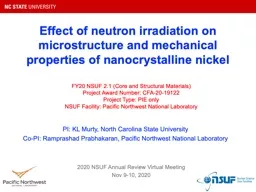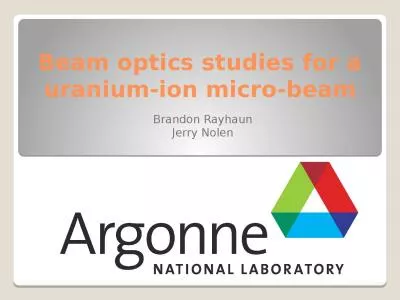PPT-Investigation of Ion Irradiation Induced Damages in Iron Ph
Author : alexa-scheidler | Published Date : 2017-05-05
Role of Electronic and Nuclear Losses in Glass Network Modification Dr Charu L D ube Dr Martin C Stennett Dr Amy S Gandy Prof Neil C Hyatt Immobilisation
Presentation Embed Code
Download Presentation
Download Presentation The PPT/PDF document "Investigation of Ion Irradiation Induced..." is the property of its rightful owner. Permission is granted to download and print the materials on this website for personal, non-commercial use only, and to display it on your personal computer provided you do not modify the materials and that you retain all copyright notices contained in the materials. By downloading content from our website, you accept the terms of this agreement.
Investigation of Ion Irradiation Induced Damages in Iron Ph: Transcript
Download Rules Of Document
"Investigation of Ion Irradiation Induced Damages in Iron Ph"The content belongs to its owner. You may download and print it for personal use, without modification, and keep all copyright notices. By downloading, you agree to these terms.
Related Documents

